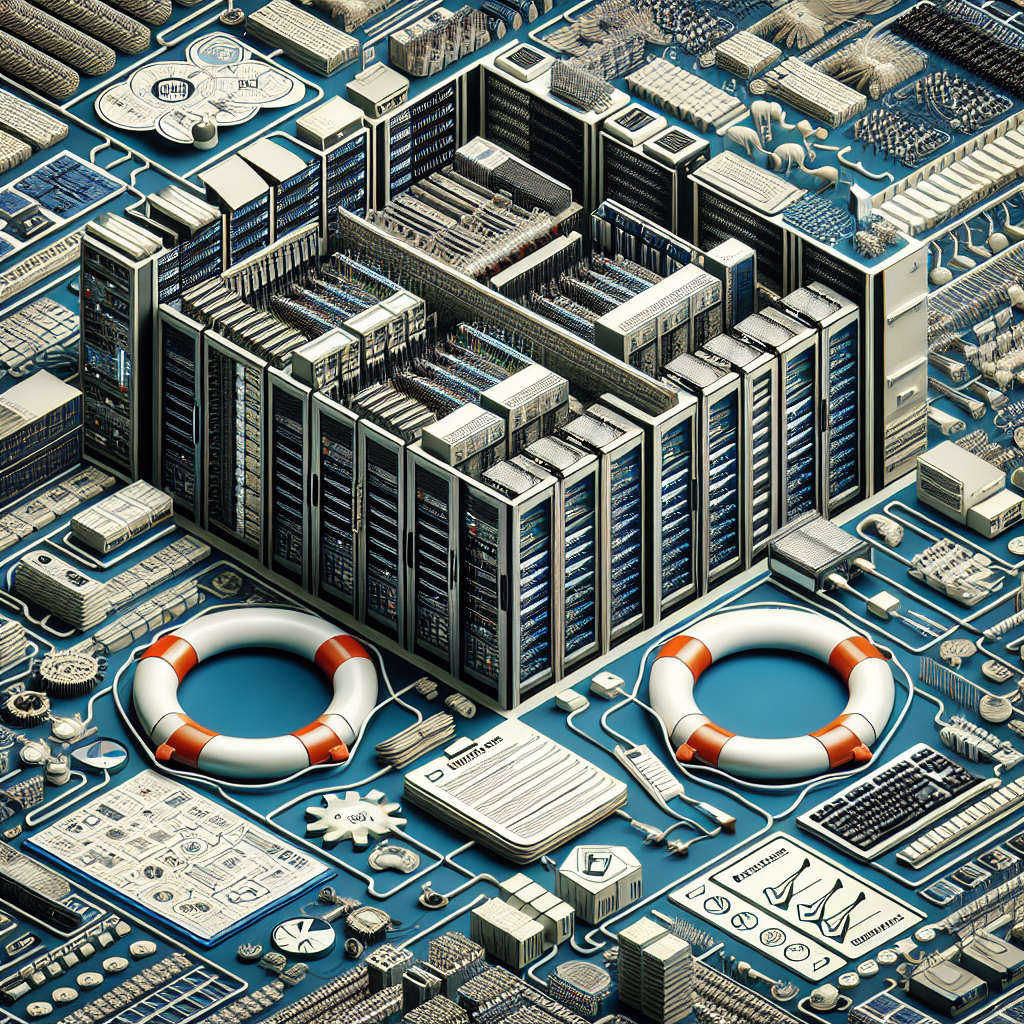In today’s digital age, data centers are crucial for businesses to store and process large amounts of data. However, with the increasing reliance on technology, the risk of data center disasters has also grown. From natural disasters like hurricanes and earthquakes to cyber attacks and hardware failures, there are numerous threats that can disrupt a data center’s operations.
To mitigate the impact of these disasters, it is essential for businesses to have a well-thought-out disaster recovery plan in place. A successful data center disaster recovery plan should include the following key components:
1. Risk Assessment: The first step in creating a disaster recovery plan is to conduct a thorough risk assessment. This involves identifying potential threats to the data center, evaluating their likelihood and impact, and determining the level of risk tolerance for the organization.
2. Business Impact Analysis: Once the risks have been identified, it is important to assess the potential impact of a disaster on the business. This includes determining the critical systems and data that must be recovered in a timely manner to minimize downtime and financial losses.
3. Recovery Time Objective (RTO) and Recovery Point Objective (RPO): RTO and RPO are key metrics that define how quickly data and systems need to be recovered after a disaster. RTO specifies the maximum acceptable downtime for business operations, while RPO defines the maximum amount of data that can be lost without causing significant harm to the organization.
4. Backup and Recovery Strategies: A robust backup and recovery strategy is essential for ensuring that data can be quickly and accurately restored in the event of a disaster. This may involve regular backups, off-site storage, and testing of recovery processes to ensure they are effective.
5. Communication Plan: During a disaster, clear and timely communication is essential to coordinate response efforts and keep stakeholders informed. A communication plan should outline how information will be shared with employees, customers, vendors, and the media during and after a disaster.
6. Training and Testing: Regular training and testing of the disaster recovery plan are critical to ensure that all stakeholders understand their roles and responsibilities and that the plan is effective in practice. This may involve conducting simulated disaster scenarios, tabletop exercises, and drills to identify and address any gaps in the plan.
7. Continuous Improvement: A data center disaster recovery plan should be a living document that is regularly reviewed and updated to reflect changes in the business environment, technology, and threats. Continuous improvement is key to ensuring that the plan remains effective and responsive to evolving risks.
In conclusion, a successful data center disaster recovery plan is essential for protecting businesses from the potentially devastating impact of disasters. By understanding and implementing the key components outlined above, organizations can minimize downtime, data loss, and financial losses, and ensure the continuity of their operations in the face of adversity.


Leave a Reply